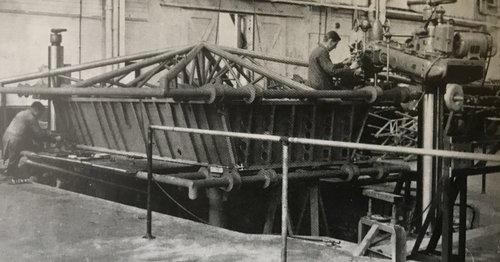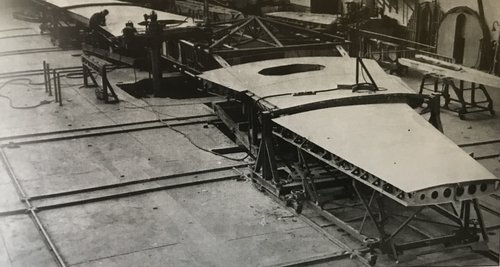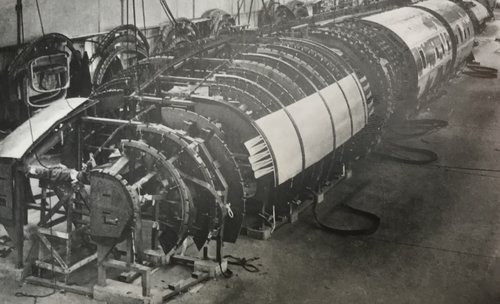Am I being thick here? (Shut it, Pryce) The myth was (apparently) that the wings were fitted without a jig. Your answer (Items 1-3) doesn't mention jigs at all, basically saying the wing fit issues are bolleaux (as I already knew). So how do items 1-3 translate into the no-jig myth?
If all was rosy in the MRA.4 garden, why were they grounded and gas-axed with indecent haste?
Chris
The myth originated from the first bullet point of the press release. BAe Systems just said there was a big unforeseen issue. All the armchair experts/keyboard idiots filled in the rest with whatever fantasy they could dream up.... original built without jigs, CNC matched to holes drilled to chalk marks, fire dump measurement or 4 inch frame pitch tolerances.
Unforeseen issues (Force Majeure) was the key mechanism in the 1996 fixed price contract for converting PA4 to 21 into delivery delays. You see the fixed price contract only mandated the delivery of just three aircraft and the rest were negotiable. (Note the steady decline in the total to be delivered between 96-02) In 2002 the whole thing came to a head, because there was no money to continue. A deal was done whereby BAe Systems took a degree of the liability, I.e the big loss, but was awarded a follow on contract for the production aircraft, now just nine of em, plus the a few prototype conversions to operational aircraft. It was therefore essential to make everyone aware of the Force Majeure that justified this arrangement. The real reasons behind the slip up at that time were a collection/build up of more mundane dysfunctional management issues as I’ve mentioned before;- at this time, key components were just not being delivered to support the build which was all firmly within BAe Systems sphere of influence.










